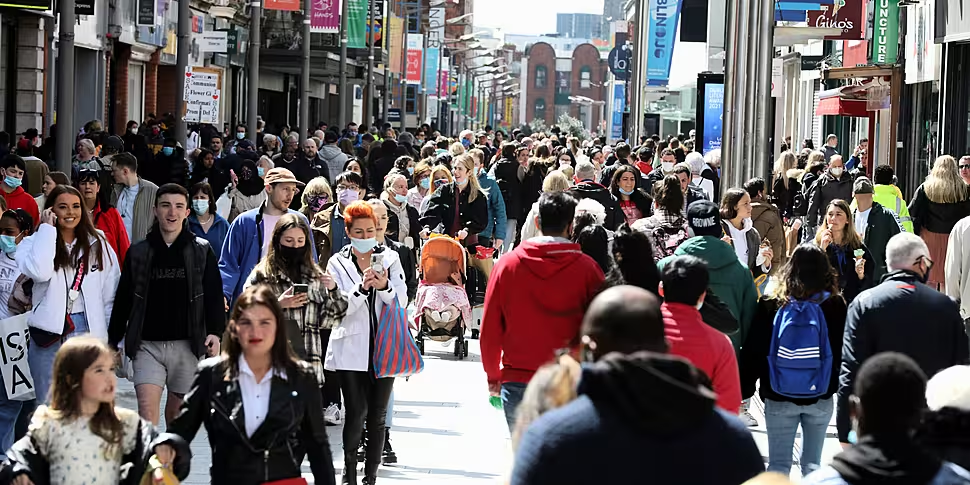Wages will increase by more than 5% this year, according to the latest forecast from the Central Bank.
The regulator’s latest quarterly bulletin predicts a stronger than expected recovery – with domestic economic activity set to return to pre-pandemic levels this year.
It said it expects to see 160,000 jobs created in the coming years with unemployment falling to just under 6% by the end of 2023.
Meanwhile domestic demand is forecast o grow by 5.5% this year, with further increases on the cards over the next two years.
Central Bank Director of Economics and Statistics Mark Cassidy told Newstalk that wage increases will not be evenly distributed.
“Those sectors that have the highest vacancies are also facing the greatest wage pressures and these sectors include in particular finance, professional administrative services and also the construction sector,” he said.
“For other parts of the economy and particularly those parts of the services sector that were forced to close down, like restaurants bars and hospitality, wage increases are still much more subdued.”
He said unemployment will fall sharply in the coming years.
“The average unemployment rate in 2023 for example we are forecasting at around 152,000 which is only around 30,000 more unemployed compared to the pre-pandemic situation.
The forecast notes that some sector will take longer to get back on their feet than others due to either weaker demand or “difficulties in finding suitable workers.”
It warns that the increased economic activity will lead to higher inflation; however, it notes that it expects this to be temporary.
“Businesses and households are facing higher costs and prices due to a combination of supply bottlenecks and surging demand, resulting in higher transportation, energy and other input costs,” said Mr Cassidy.
“Many of the current drivers of inflation are expected to ease through 2022 and 2023. However, a stronger rebound in household spending, more persistent supply disruptions, or a slower labour supply response could result in higher inflation than currently anticipated.
“Promoting sustainable growth in Irish living standards requires careful management of domestic economic policy as it moves away from a focus on pandemic-related measures.”
The forecast assumes that public health restrictions are fully removed in line with the Government’s announced schedule and are not reintroduced at any point in the coming years.









